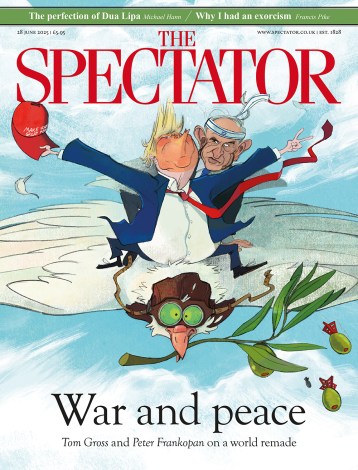The German cultural scientist Ulrich Raulff has written that horses have as many meanings as bones. In the archaeologist William Taylor’s new history of horses and humans, we meet all those bones. Found in thawing permafrost, in caves, and buried ceremonially in graves in Siberia and Chile, the bones are cracked open by Taylor to show how the horse evolved in the Americas before its early encounters with human hunters.
Does a 5,000-year-old worn tooth tell us it once chomped a bit? Does damage to vertebrae indicate a rider?
Then came domestication, transforming the species from near extinction to tool and symbol on every major landmass on the planet. After that, horses and their keepers created empires, paced epically long trade routes – and brought plague from the steppes. There is not much in Hoof Beats from contemporary textual sources and little about later chunks of horse history, but Taylor writes clearly and compellingly. He is not one for evocative recreations of past scenes, but the species’ grave goods throw up astonishing details – the hoof prints still preserved in Rameses the Great’s stables; the 3,000-year-old hoof parings from a kind of ghillie’s pony found in the Altai mountains; the horse grease on a Viking sail.
Once the domestic horse arrived, be it in Bulgaria, Lesotho, Korea or Patagonia, locals used it to hunt, fight, trade, farm and herd, and societies are transformed. Hoof Beats shows how feral colonial horses were rapidly adopted by indigenous people and used to resist Europeans across the entire American continent, in Australasia and southern Africa. Taylor co-authored a study that confirmed Native American oral traditions that horses reached the American West before human colonists did and were tamed by the Comanche and others without European influence.
This kind of materially backed insight is more Taylor’s style than sweeping narratives or Casaubon-ish attempts to link up Indo-European myths of white horses and ritual sacrifices. Back he goes to the bones and the wooden saddle frames chipped out of melting ice. Hoof Beats is a book of origin stories, but of stirrups, bits, postal systems and chariots rather than of languages, faiths or mythology. Does the way a 5,000-year-old tooth is worn tell us that it once chomped a bit? Does the damage to vertebrae indicate a rider?
Taylor’s research has a huge geographical reach that’s part fieldwork and part lab-based international collaboration – a mode enabled by technological developments in archaeology, the most headline-grabbing of which is the study of ancient DNA. Bones are eloquent not only through their pathologies but also through whatever scraps of DNA they may contain.
DNA has shaken our understanding of human history and also transformed equine histories; but the field moves so rapidly that you can barely commit to one version before it is swept away by a new study. Much of Hoof Beats deals with horse domestication without mentioning that the always contentious archaeological debate has been shadowed by white supremacists, nationalists, Mormons and even the Saudi government, all keen to claim the version that suits them best. We may – in the West at least – have largely divested ourselves of horsepower, but not of equine soft power and the question of whose ancestors might have first had the audacity to leap on to the back of a wild horse or harness one to a chariot.
Taylor plays a central role in the debate, and knowing this helps interpret some of the underlying currents in the book. You might not guess from Hoof Beats that he and a colleague did not get a generous response from other scholars when they challenged an ostensibly well-proved theory that horses were domesticated 5,000 years ago by the Botai culture in Kazakhstan.
The Yamnaya also get a iconoclastic reassessment from Taylor. Originating around 3100 BCE in the Pontic-Caspian steppe, they have become stars of the ancient DNA narrative. They spread at great speed across Asia and Europe: many modern European men are descended tail-male from them, and their heirs appear to have swept into the Indian subcontinent too. They are often assigned the role of transmitting Indo-European languages. White supremacists have seized on studies about their height, skin and eye colour, and internet cesspits like 4Chan depict them as beetle-browed ‘chodes’, because some archaeologists believe they were aggressive warriors. Taylor chips away at the widely held notion that they did all this on horseback, writing off a recent high-profile study claiming that the Yamnaya’s skeletons showed signs of horsemanship. He thinks the damage resulted instead from riding ox-drawn wagons across endless grassland.
The story of the horse is changing fast. Hoof Beats tells us where it stands just now, and can help fill the gap between scholarly developments and popular equine histories. But horses themselves seem absent from this narrative. How do the horses’ own drives mesh with what we want from them? They have been selectively bred to be more docile, but their cooperation in so many human schemes remains an enigma – especially considering the pain that must have throbbed in all those worn out vertebrae and fissured teeth when the animals Taylor studies were alive. We’ve built a world on equine bones; perhaps we should consider what goes on inside their skulls, too.







Comments